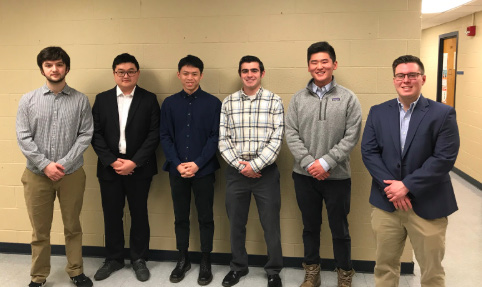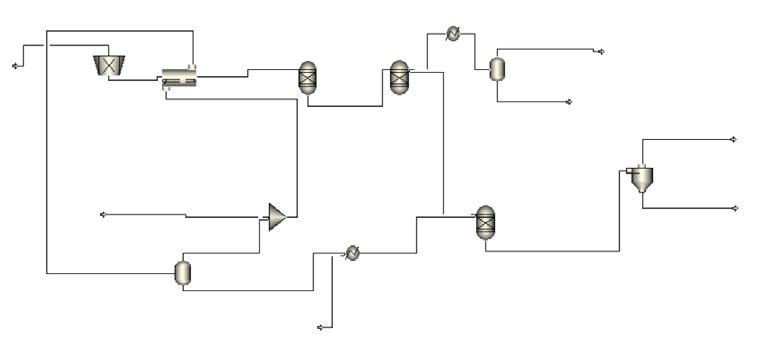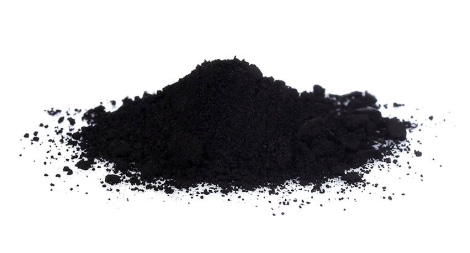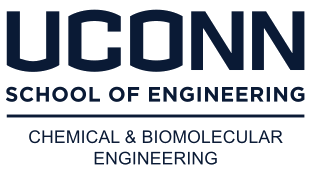
Figure 1

Figure 2

Chemical and Biomolecular Engineering
Team 15
Team Members |
Faculty Advisor |
Guanhua Hong |
Julia Valla Sponsor Chemical and Biomolecular Engineering |
sponsored by

Worldwide carbon emission levels have continuously grown and have now reached all time highs. In 2019, there were 36.8 billion metric tons of carbon dioxide released into the atmosphere. Overall, carbon emissions have caused the global surface temperature to rise by over 1 degree celsius in the last century. The goal of our project is to model a slow pyrolysis process which produces activated carbon from wood waste, within the modeling software, Aspen Plus. The wood waste will go through four steps; crushing, drying, pyrolysis, and activating. The waste will first be crushed into uniform particle sizes to increase the surface area which will help in effective drying. The crushed wood will then go through a dryer to reduce the moisture content. Pyrolysis is a thermal decomposition where organic materials are heated at elevated temperatures between 300°C - 800°C in an inert atmosphere. The products of pyrolysis will be solid char, bio-oil, and syngas. The char must then be activated through either steam, physical or chemical activation. Variables will be changed independently of each other to determine the ideal configuration for biochar production. Once the ideal configuration is determined, the results will be compared to the energy output of fossil fuels. Finally, we will be able to determine if this wood pyrolysis process can be a realistic alternative to coal processes. .
